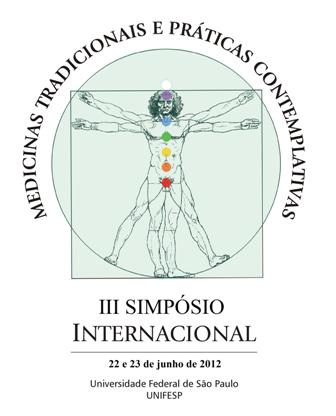Yoga research and therapy in India
DOI:
https://doi.org/10.5712/rbmfc7(1)508Keywords:
Yoga, IndiaAbstract
Yoga was originally intended for spiritual growth. However, nowadays there is an increasing trend to use yoga as an add-on-therapy. In India it is believed that all diseases arise as a result of conflict between our instinct and our intellect1. This is also important in using yoga to promote positive health and prevent disease. A number of examples are cited here. Healthy children were given yoga and physical therapy and their physical fitness, cognitive functiones and emotional well being were tested. Yoga improved their emotional well being. Yoga also helped children with Duchenne muscular dystrophy (a degenerative disease) by improving their quality of life and mental status2. Again the benefits were ascribed to the mental as well as the physical effects of yoga. Of course yoga has marked benefits in healthy obese adults to prevent diseases by increasing mental well being, reducing stress and improving sleep3. Yoga also reduced anthropometric indices and brought about changes in leptin and adiponectin levels in otherwise healthy adults4a,b. This change too, was believed to be related to mental changes, along with the physical. Finally yoga can help in various disorders in which a person feels pain and distress5a,b. Many of the effects are believed to be due to changes in the functions at the level of the cortex and thalamus6, as well as the autonomic nervous system7. However the mechanisms underlying the effects of yoga need to be explored more thoroughly.
Downloads
Metrics
References
Medical Science Monitor, 2010
Indian J. Palliative Care, 2011
Indian J. Physiol. Phamacol, 2012
Medical Science Monitor, 2010a,b
a BMC Research Notes, 2011
b Trauma & Depression, 2012
EEG Clin. & Neuroscience, 2012
JACM, 2012 (in press)
Downloads
Published
How to Cite
Issue
Section
License
By submitting a manuscript to the RBMFC, authors retain ownership of the copyright in the article, and authorize RBMFC to publish that manuscript under the Creative Commons Attribution 4.0 license and identify itself as the vehicle of its original publication.















